Playtime is a big part of your dog’s life. It provides not only entertainment but also mental and physical stimulation for your pup.
However, not all toys are created equal, and some can pose unexpected health risks to your beloved pet. How often do you inspect your dog’s toys for safety? Are you confident that the toy your dog is currently chewing on is made of non-toxic materials?
Choosing non-toxic dog toys for your pet can seem like a daunting task with the countless options available. This article aims to guide you through the process of selecting safe, non-toxic dog toys that your dog will love, without compromising their health.
For more information about healthy, non-toxic living check out our Healthy Home Page with tons of up-to-date information to keep you healthy, such as non-toxic appliances for your kitchen, non-toxic cutting-boards, candles, and more.
Although some of the links in this article are affiliate links, meaning we may earn a small commission for suggesting them, we have done our best to suggest only the best quality out there. As an Amazon Associate, I earn from qualifying purchases with the links provided in this article. In no way does this affect our description or review of their products.
How to Spot the Signs of a Toxic Dog Toy

Ensuring the safety of your dog’s toys is of utmost importance. While selecting non-toxic dog toys is a great start, it’s also essential to know how to identify potential signs of a toxic toy. Here are some key indicators to watch out for:
- Unpleasant Odors: Pay attention to any strong or unusual odors emanating from the toy. Certain toxic materials can emit distinct chemical smells. If you notice a strong, unpleasant odor coming from a toy, it’s a red flag that it may contain harmful substances.
- Discoloration or Peeling: Check the toy for any signs of discoloration, fading, or peeling. Toys made with low-quality or toxic materials can deteriorate over time, leading to discoloration or the outer layer flaking off. If you notice these signs, it’s best to discard the toy to prevent your dog from ingesting potentially harmful particles.
- Allergic Reactions or Irritation: Watch for any allergic reactions or skin irritation in your dog after playing with a particular toy. If you observe excessive scratching, redness, swelling, or hair loss in the areas of contact with the toy, it could be an indication that the toy contains irritants or allergens.
- Unexplained Illness or Digestive Issues: Keep an eye on your dog’s overall health and well-being. If your dog experiences unexplained illness, digestive problems, or frequent vomiting after playing with a specific toy, it’s important to consider the possibility of the toy containing toxic substances that could be affecting their health.
- Sudden Changes in Behavior: Notice any sudden changes in your dog’s behavior during or after playtime with a particular toy. If your dog becomes unusually lethargic, agitated, or shows signs of discomfort, it could be an indication that something is wrong with the toy. Pay attention to these behavioral cues and investigate further.
- Toy Deterioration or Breakage: Regularly inspect your dog’s toys for signs of wear and tear. If a toy starts to break apart or deteriorate, it poses a risk of small pieces being ingested, potentially causing choking hazards or intestinal blockages. Replace damaged toys promptly with safe alternatives.
If you observe any of these signs in a dog toy, it’s crucial to remove the toy from your dog’s access immediately. Additionally, it’s advisable to consult with your veterinarian if you suspect your dog may have been exposed to a toxic toy.
Exploring Different Types of Non-Toxic Dog Toys
When it comes to selecting non-toxic dog toys, the options seem endless. Understanding the different types of toys available and how they relate to choosing non-toxic options is key to providing your dog with a safe and enjoyable playtime experience. Here are some common types of dog toys to consider:
Non-Toxic Dog Chew Toys:
Chew toys are designed for dogs who love to gnaw and chew. They help promote dental health, relieve teething discomfort, and provide mental stimulation. When choosing a non-toxic dog chew toy, opt for those made from durable materials like natural rubber, nylon, or hard plastics that are free from harmful chemicals and additives.
Click image to check price
Non-Toxic Dog Interactive and Puzzle Toys:
Interactive toys engage your dog’s mind and encourage problem-solving. They often feature hidden treats or compartments that require your dog to figure out how to access the rewards. Look for puzzle toys made from non-toxic materials such as food-grade silicone or sturdy, BPA-free plastics.
Click image to check price
Non-Toxic Dog Plush Toys:
Plush toys are soft and cuddly, making them ideal for gentle dogs who enjoy carrying and snuggling with their toys. When selecting plush toys, ensure they are made from non-toxic fabrics and stuffing materials. Look for toys labeled as “safe for children” or those with organic, hypoallergenic materials.
Click image to check price
Click image to check price
Non-Toxic Dog Fetch Toys:
Fetch toys are designed for active dogs who love chasing and retrieving objects. Opt for fetch toys made from non-toxic materials like natural rubber or durable fabrics. Avoid toys with small parts that could be easily chewed off and ingested.
Click image to check price
Non-Toxic Dog Tug-of-War Toys
Tug-of-war toys are great for interactive play between you and your dog. Choose toys made from non-toxic, sturdy materials that can withstand the pulling and tugging. Look for toys that are specifically designed for tug-of-war and are free from potentially harmful dyes or coatings.
Click image to check price
Non-Toxic Dog Treat-Dispensing Toys:
Treat-dispensing toys combine play and reward. They have compartments or openings that allow you to place treats inside, keeping your dog entertained and mentally stimulated. Ensure these toys are made from non-toxic, food-grade materials that are safe for your dog to interact with and chew.
Click image to check price
Regardless of the type of toy you choose, always prioritize non-toxic options. Read product labels, check for safety certifications, and verify that the materials used are free from harmful chemicals. Remember, non-toxic dog toys not only ensures your dog’s safety but also promotes their overall well-being during playtime.
How to Find the Best Non-Toxic Dog Toy
1. Select a Quality Toy
Not all dog toys are created equal. An unfortunate truth about the pet product industry is that not all toys are safe for our four-legged friends. Many cheaply made toys contain harmful substances, such as lead, arsenic, and other toxic chemicals that can leach out when your dog chews on them.
Toxic substances in dog toys are particularly concerning because dogs often chew their toys vigorously, and over time, this can result in the ingestion of small amounts of these toxins. This can potentially lead to a variety of health issues, including digestive problems, skin reactions, and in extreme cases, serious illnesses such as cancer.
Moreover, certain toys might break into small pieces when chewed, which your dog might accidentally ingest. These pieces can cause obstructions in your dog’s digestive tract, which can be life-threatening and require surgical intervention.
Therefore, it’s essential to choose dog toys carefully, prioritizing those labeled as non-toxic and avoiding toys that don’t specify the materials used or where they were manufactured. Take a look at some of our top picks for quality toys.

Click Image for Price.
KONG is a reputable brand that is known for manufacturing non-toxic dog toys of high quality.
2. Read Toy Labels

When shopping for your dog’s next favorite plaything, it’s important to not just choose based on its attractiveness. Instead, always remember to read toy labels carefully and understand the certifications. Many manufacturers will label their products as ‘non-toxic,’ but it’s important to understand what this means.
In the pet industry, the term ‘non-toxic’ often means the product is free from lead, BPA, and other harmful chemicals that are known to be toxic. However, it doesn’t guarantee the toy won’t pose a choking hazard or cause intestinal blockages if ingested in large pieces.
Check for safety certifications from organizations such as the American Pet Products Association (APPA) or European Pet Safety Standards (EN71). These certifications indicate the product has undergone rigorous testing and adheres to safety guidelines.
In short, never skip reading the toy’s label, as every single ingredient used and certification mentioned can provide crucial insights into the product’s safety.
3. Identify Potentially Toxic Materials in Dog Toys
Dog toys come in all shapes, sizes, and materials. Some of these materials, however, may contain toxic substances that are harmful to your pet.
For instance, toys made from vinyl or PVC often contain phthalates and lead, both of which are known toxins. Similarly, synthetic rubber toys can include a range of chemical additives, and brightly colored toys may contain heavy metals used for pigmentation.
It’s essential to be aware of these potential dangers when choosing a toy for your furry friend. Always check the label for the materials used, and when in doubt, contact the manufacturer for more information to ensure they are selling non-toxic dog toys.

Click Image for Price.
Non-Toxic dog toys made out of Hemp make a great choice when trying to avoid toxic materials for your dog.
4. Choose the Right Materials for a Dog Toy
When it comes to picking perfect non-toxic dog toys, aim for those made of non-toxic materials that are sturdy and long-lasting.
Natural rubber is an excellent choice due to its durability and flexibility. Many high-quality dog toys are made from this material and it’s widely regarded as safe for dogs.
Furthermore, look for toys made from organic cotton, hemp, or wool. These materials are not only non-toxic, but they are also biodegradable, making them an environmentally friendly choice. However, be sure to check that any dyes used are natural and non-toxic as well.
Another option is to find non-toxic dog toys made from food-grade silicone, which is non-toxic, hypoallergenic, and often dishwasher-safe for easy cleaning.
Whichever material you opt for, ensure it’s suitable for your dog’s size and chewing habits.

Click the Image for the Price
Rubber trees (Hevea brasiliensis) are native to the Amazon rainforest but are now cultivated in plantations across tropical regions. These trees produce latex, a milky sap that is collected by tapping the tree’s bark. The latex is then processed to create natural rubber, which is used in various industries, including the manufacturing of non-toxic dog toys. Click the Image for the Price.
5. Consider the Toy’s Size
When it comes to dog toys, size really does matter! A toy that’s too small can easily be swallowed by a larger dog and cause an obstruction. On the other hand, a toy that’s too large might be hard for your pup to grip and enjoy.
Always choose toys that are appropriately sized for your dog. They should be large enough to be difficult to swallow, yet small enough to be gripped and chewed. If you’re unsure, many manufacturers provide guidelines on the appropriate toy size based on your dog’s breed and weight.
6. Choosing a Suitable Toy for Your Dog’s Age and Chew Style
Just as with humans, a dog’s needs change as they grow from a playful puppy to an adult dog and finally to their golden years. Young puppies often have softer gums and baby teeth, requiring softer, chewable toys that can help soothe teething discomfort. Rubber toys or small plush toys are often suitable choices.
Adult dogs, especially those of larger breeds or those who are heavy chewers, require more durable toys. These dogs can quickly tear apart flimsy toys, potentially ingesting small pieces that could pose a choking hazard or cause an intestinal blockage. Purchase high-quality, durable rubber toys for these enthusiastic chewers.
Older dogs might have sensitive teeth or less interest in play, requiring toys that are soft and easy to interact with. Plush toys or softer rubber toys can be ideal for these senior dogs.
Understanding your dog’s chewing style is also crucial. Some dogs are gentle and only lightly chew their toys, while others are aggressive chewers who can tear apart a supposedly ‘durable’ toy in minutes. For the heavy chewers, extra-durable, indestructible toys, ideally made of a single piece so there are no small parts to choke on, would be best.

Click image for price.
Nylabone is a well-known brand that produces chew toys made from nylon, which is a strong and durable synthetic non-toxic material. It comes in various sizes and can be great for both large and small dogs alike.
Conclusion
Choosing a safe, non-toxic toy for your dog doesn’t have to be a stressful process. Now that you understand the risks associated with certain materials and know what to look for, you can make informed decisions that will keep your beloved pet safe and entertained.
Remember, the ideal dog toy is one that is durable, appropriately sized for your dog, and free of harmful chemicals. With these guidelines in mind, you can provide your furry friend with hours of quality playtime, without any worry about their health or safety.

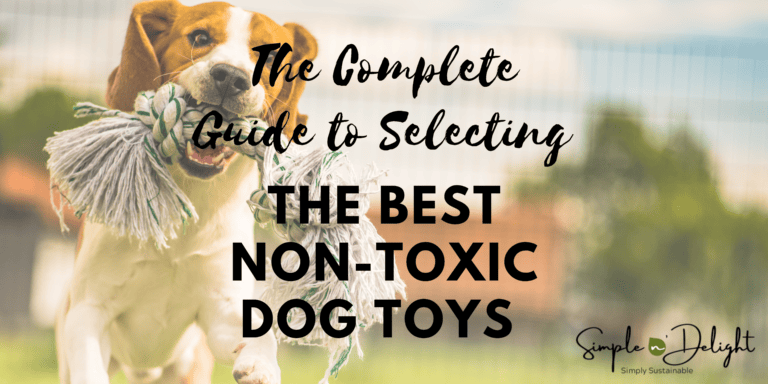






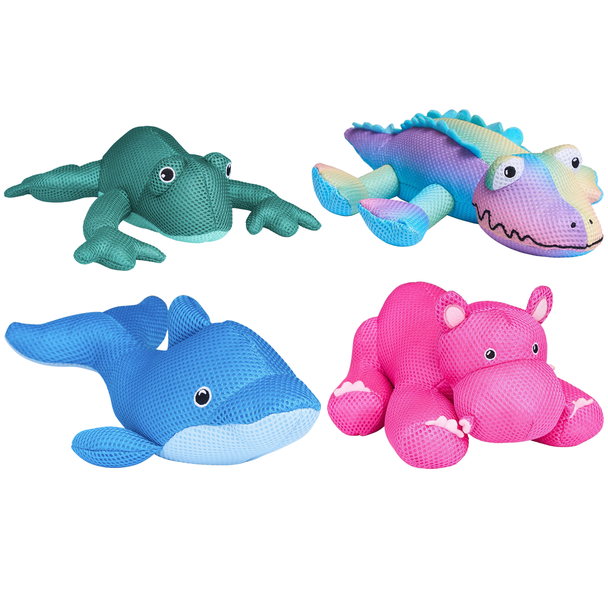


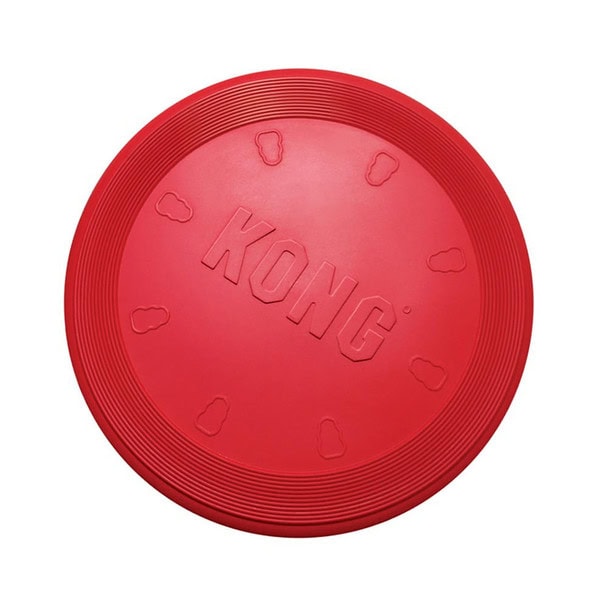
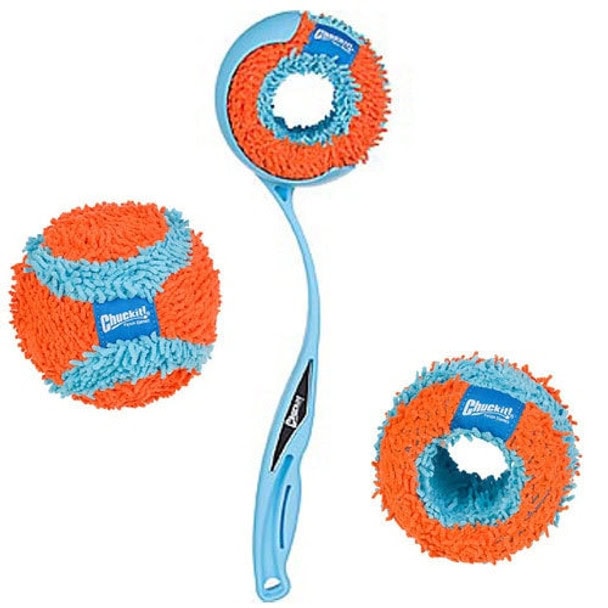

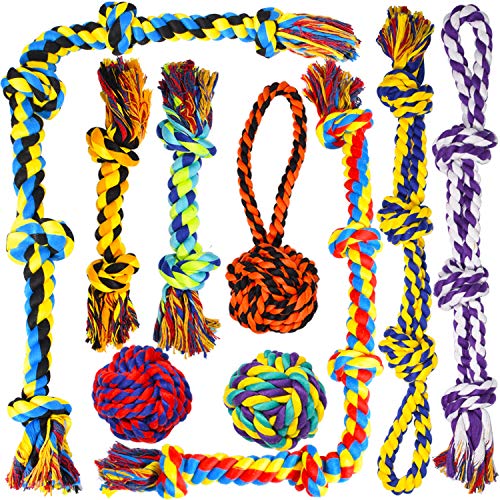

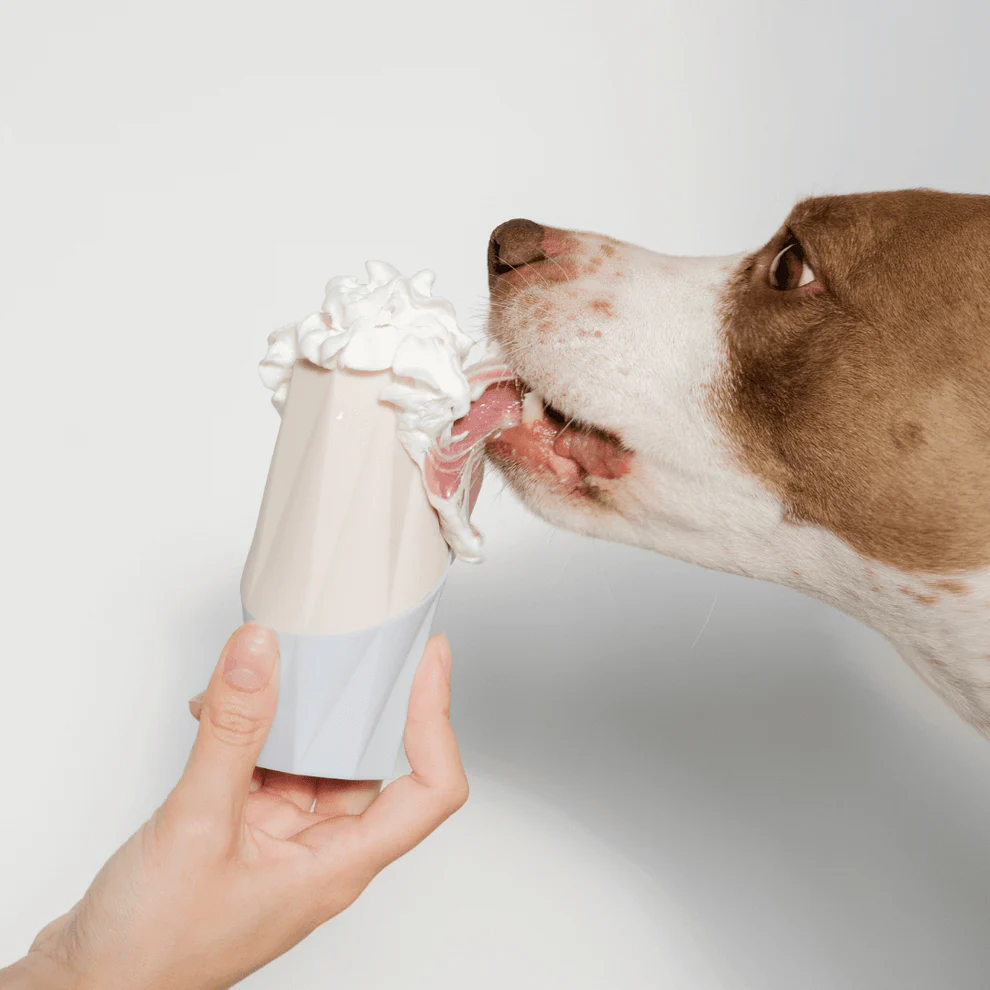








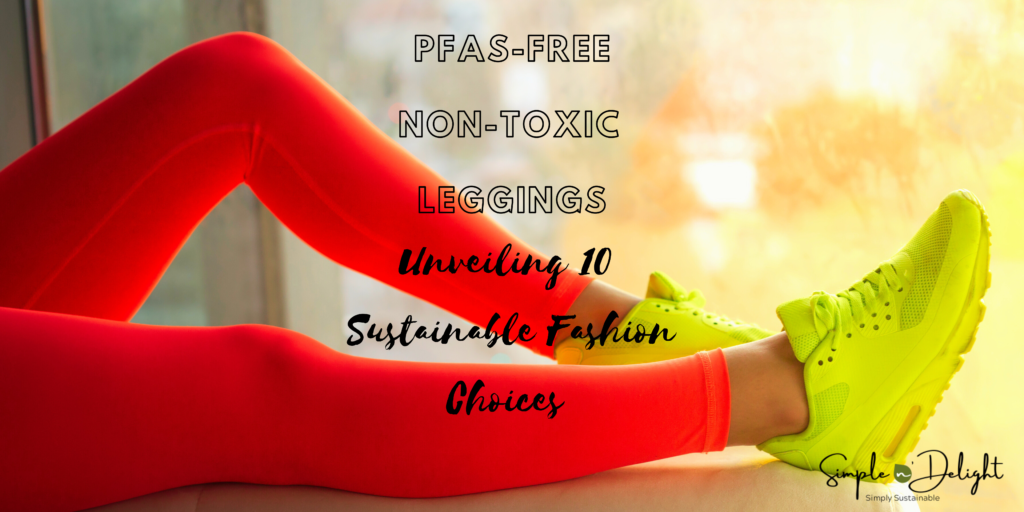


8 Responses
This is a very helpful and comprehensive guide on how to choose safe and non-toxic dog toys. I appreciate how you explained the potential dangers and risks of some common materials and chemicals found in dog toys, such as plastic, rubber, latex, or dye. I learned a lot from reading your article and I’m sure my furry friend will thank you too.
Superb article! A very thorough and informative approach. It’s great to know there are so many non-toxic options out there! Keep up the great work!
Great article. So much information. Some I hadn’t even thought about it.
You’ve provided helpful information on how to choose healthy toys for the fur babies. I’ll share it with my friends who have pets!
I love how you listed the warning signs of toxic toys. Sometimes we take for granted the toys we buy for our pets is ok.
This is a great post! I have dogs so this was really informative on safe and non-toxic toys for them!
Great blog post! Animal lovers will thank you! Our furry friends deserve the best!
Helpful info to ensure our pets stay safe. Thanks!